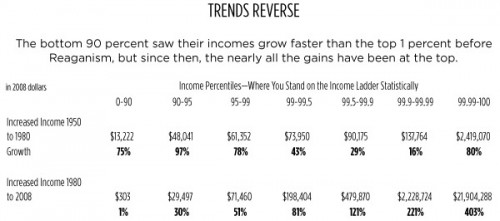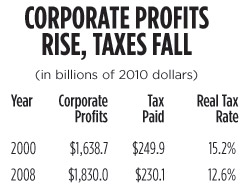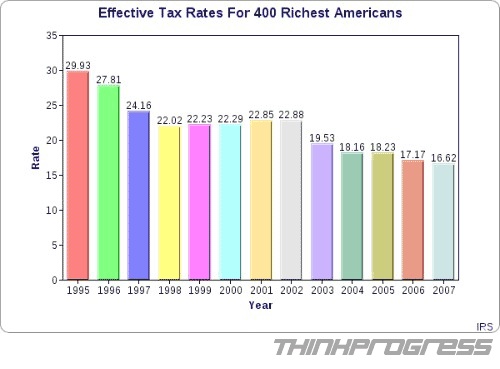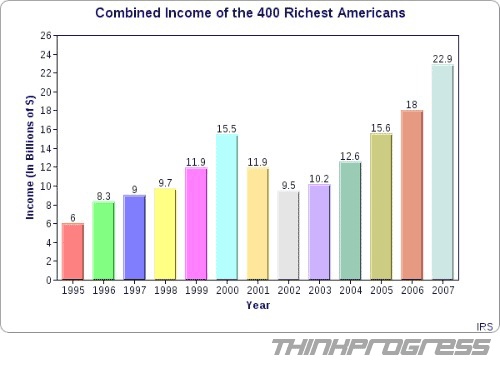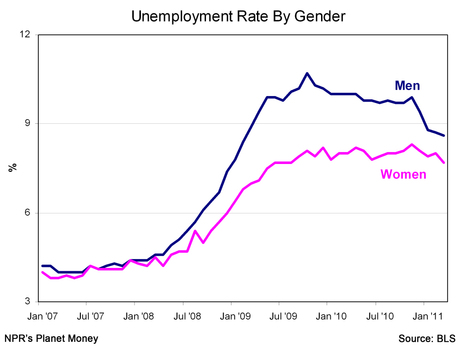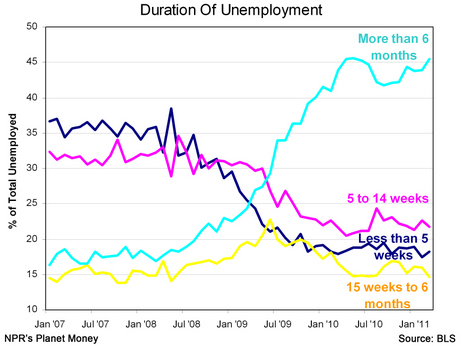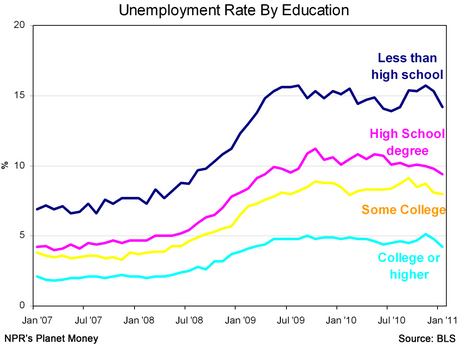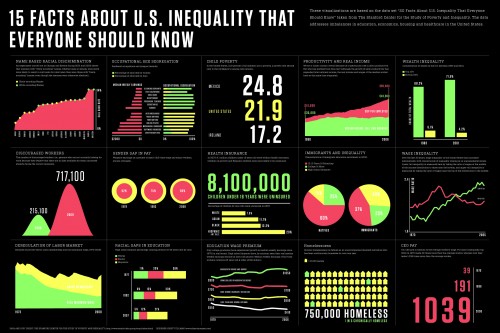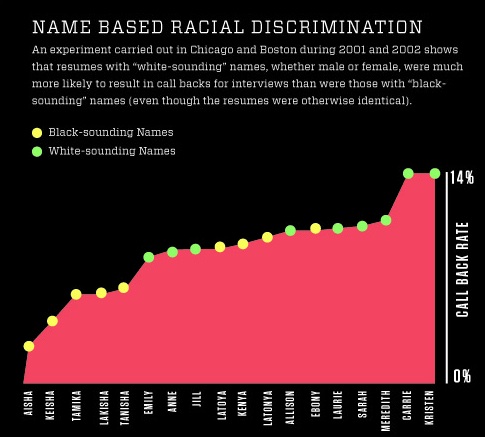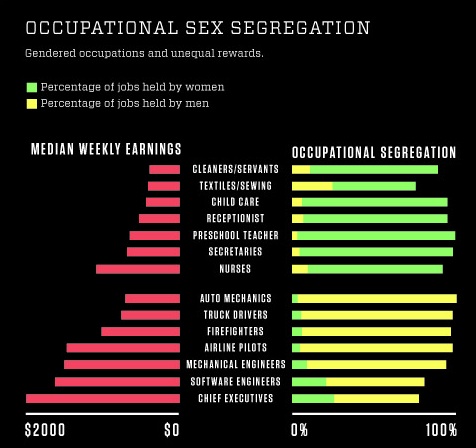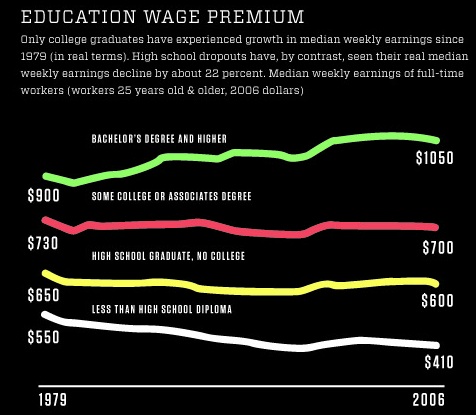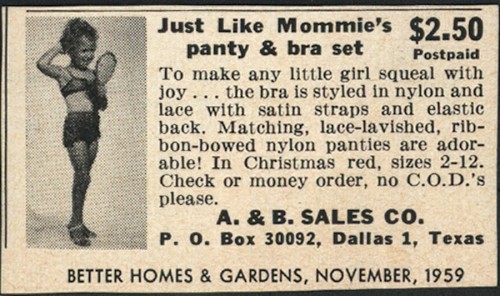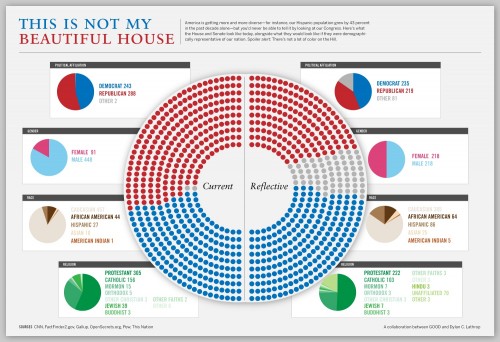Following up on a post I put up last month about World War II internment camps for Japanese Americans, reader Eduardo let us know about a short film distributed by the federal Office of War Information explaining why the camps were necessary and trying to portray them in a positive light. It’s a great example of propaganda. Notice at about 2:45 the narrator explains the change from voluntarily to required relocation of Japanese Americans in terms of their own protection, and at 3:20 mentions that those forced to relocate “cheerfully” took part in the process. It was such a happy, smooth process, with the federal government helping out!
The implication starting at about 4:00 that “loyal” Japanese Americans were happy to relocate as part of their patriotic duty is particularly striking. Presumably, then, if you objected to the violation of your civil rights and treatment as a potential enemy of your country, you proved exactly why you needed to be relocated.
But don’t worry. “We are protecting ourselves without violating the principles of Christian decency.”


